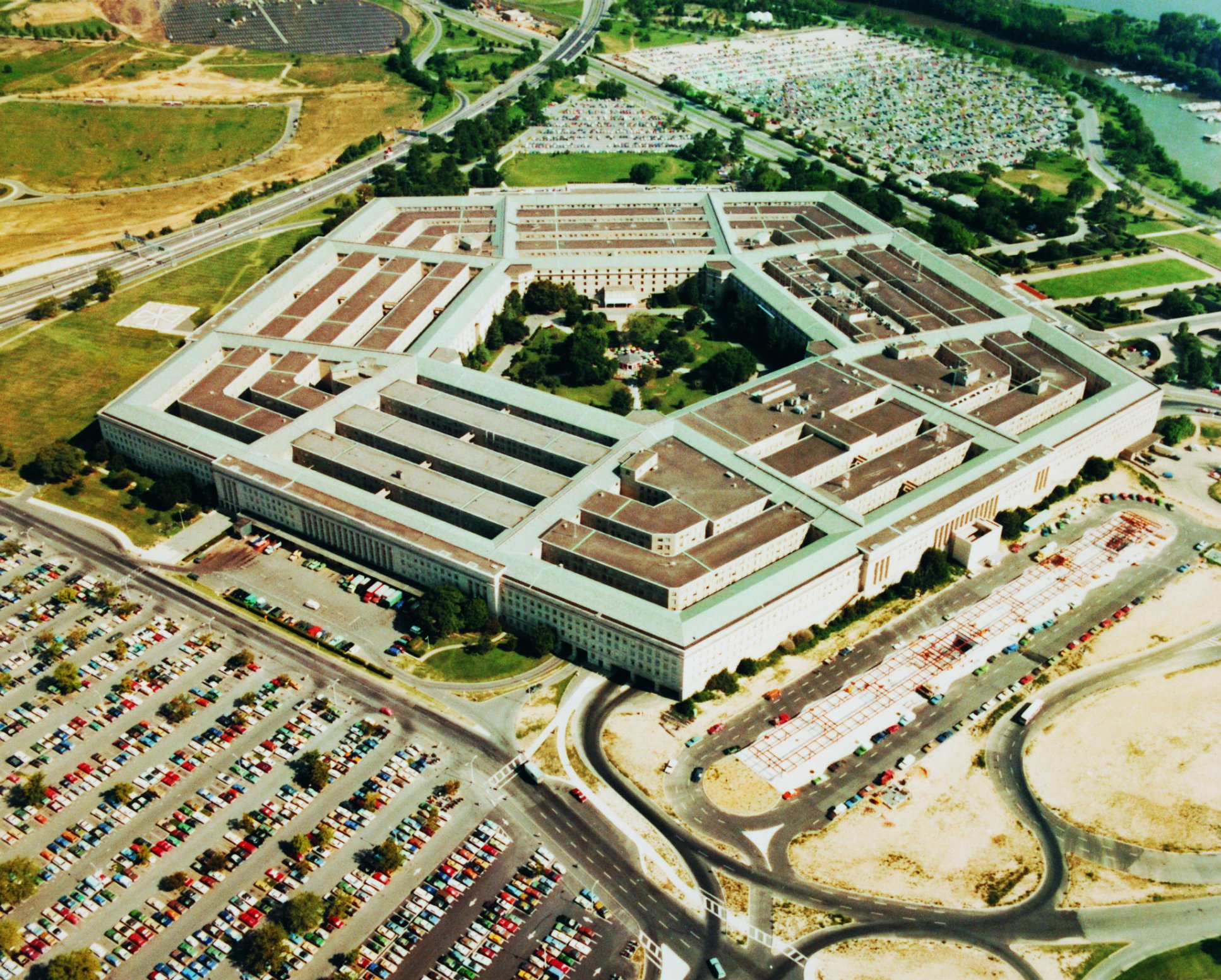
Passed in 2011, Congress's law mandating "sequestration" of government spending was supposed to bring government deficits under control and put a cap on defense spending. And for a time, it seemed to work -- but no longer.
In America and around the world, defense spending is once again on the rise.
And the Nobel war prize goes to...
This, perhaps perversely, is the conclusion that just came out of Stockholm, Sweden, home of the Nobel "Peace" Prize and the Stockholm International Peace Research Institute (SIPRI). According to a report just released by SIPRI, after years of decreases, defense spending is back on the upswing -- not just here, but everywhere.
Globally, the nations of the world spent $1.7 trillion on defense last year. That was up 1% from 2014 levels, and it was the first increase in global military spending since 2011. Spending in the U.S. actually declined between 2014 and 2015, but it has already begun rising in "fiscal" 2016 -- up about 3.6% from fiscal 2015 levels to an expected $580.3 billion.
That number includes variable spending on "overseas contingency operations" (OCO). Meanwhile, the Pentagon's latest five-year budget overview envisions our "base" defense budget continuing to grow. Base spending levels are projected to rise about 6% in total over the next five years, hitting $581.4 billion (again, not including OCO spending that usually averages $60 billion or so a year) in 2021. And so it seems that the U.S. is destined to remain the world's biggest military spender for the foreseeable future.
And the runners up?
Still lagging the U.S. in total spending, but racing to catch up, are the No. 2 and No. 3 defense spenders, China and Russia.
Respectively, these two countries spent 7.5% and 7.4% more in 2015 than they had in 2014. That's especially surprising in Russia's case, where depressed oil prices have put a pinch on the federal budget -- but it's still full speed ahead on defense spending, regardless.
What it means to investors
All of the above is certainly interesting in an academic sense, but here at The Motley Fool, what we're really interested in figuring out is what this news means for investors -- and in this particular case, for investors in defense companies.
In past columns, we've discussed how companies such as Raytheon (RTN +0.00%), General Dynamics (GD +2.80%), and L-3 Communications (LLL +0.00%) in particular have been working to diversify their revenue streams away from the U.S. and toward faster-growing defense markets in Southeast Asia and the Middle East. Raytheon now gets nearly one dollar in three from international sales. General Dynamics gets more than one dollar in four from abroad. L-3 Communications has more than doubled the amount of money it makes from sales to Asia and the Pacific over the past year.
Are these still the regions to focus on? In a word, yes.
When SIPRI last checked in, defense spending in the Middle East was still growing by leaps and bounds (2015 data is not yet complete). "Asia and Oceania," too, are growing -- and not just the Chinese parts. Elsewhere in the region, SIPRI clocked defense spending growth at 7.8% in Oceania (where Australia, for example, just placed a huge order for missiles from Raytheon), and a blistering 9% in southeast Asia.
Another up-and-coming region to watch is Central and Eastern Europe (CEE), where Russian antics in Georgia and Ukraine have locals feeling nervous. According to SIPRI figures, spending in Eastern Europe spiked 7.3% last year, and Central European defense spending rocketed 13%.
If things keep going like this, pretty soon, it's going to be harder to find a part of the world where defense spending is not growing, than where it is.





